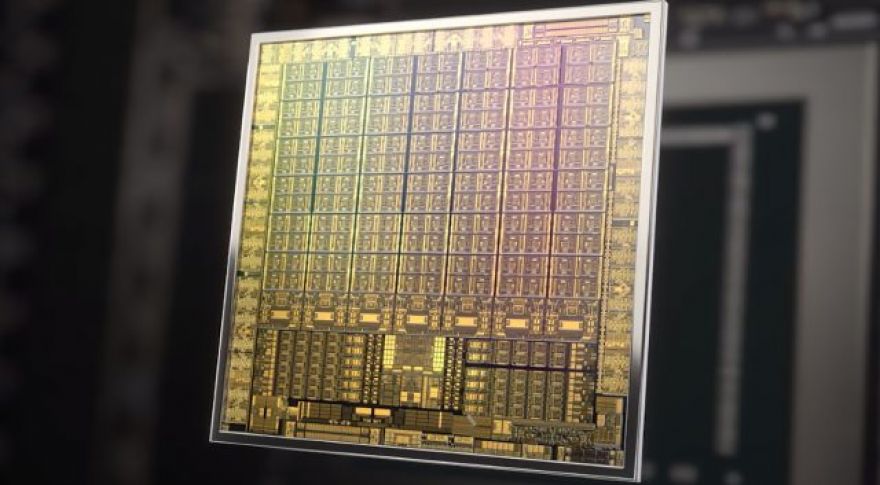
High-VRAM Variants of RTX 3080, 3070, Upcoming 3060 Confirmed
The Ampere launch earlier this week showed few weak points in Nvidia’s RTX 3080 — well, other than launch availability, which was here and gone in an instant. One major question has been how AMD’s RDNA2 will compete against these new GPUs. Rumors have suggested that the company might leverage higher RAM loadouts, with a 16GB RDNA2 GPU positioned near or directly against an equivalent 10GB RTX 3080.
A suggests Nvidia has a plan for that eventuality: doubled-up VRAM on the RTX 3080 and RTX 3070. The leak, in this case, comes from a Gigabyte promotion where the company listed a number of unlaunched product SKUs, including chips in the RTX 3080, 3070, and 3060 families.
Image
This is not great news for AMD, whose hypothetical top-end RDNA2 GPU is already mathematically facing a tough fight against the RTX 3080. According to 3DCenter.de, across a large range of reviews, the 5700 XT averages 50.5 percent of the RTX 3080’s performance. Since we can’t assume perfect scaling and we don’t know much about target clocks beyond an assumed 1.85GHz – 2.25GHz range based on the Xbox Series X and PlayStation 5, it looks as though AMD will need some serious improvements to challenge the card. One rumor that’s gone around since the RTX 3080 series was announced is that AMD will do this based on higher VRAM at the same cost. AMD has used this strategy before, so the idea makes sense, as this September 4 rumor illustrates:
"They [AMD] want to release the 16GB at $599 and the 8GB at $499 but after the Ampere announcement I'm expecting $549 for the 16GB and $499 for the 8GB. We're receiving the ASIC (GPU+MEM) this month [September]" – AMD partner
— coreteks (@coreteks)
If Nvidia plans to bring high-RAM chips to market, it could make AMD’s life even more difficult — but only if Nvidia prices them aggressively. It might not. I suspect what Nvidia might do is use its lower-RAM models to challenge AMD’s higher VRAM capacities, then position the 20GB RTX 3080 above whatever 16GB GPU AMD brings to market to compete with the RTX 3070 16GB or RTX 3080 10GB, depending on what AMD has to offer.
This is not to say AMD has no options. It may choose to position its upcoming GPUs at price points where they beat their Nvidia competition and offer superior VRAM at an equivalent price point. It might have a real surprise in store for everyone concerning RDNA2’s clock speeds or IPC improvements over the original RDNA. We haven’t heard any specific rumors on this topic pro or con beyond the 80CU rumor that’s been floating around for months.
There are definitely ways AMD can make RDNA2 competitive in-market, even with Ampere’s very strong debut. Nevertheless, Nvidia appears to have an excellent hand to play this generation. RDNA2 already looks good, but given how strong the RTX 3080 is, RDNA2 will need to be great to put AMD back in an absolute leadership position. Offering 16GB and 20GB versions of the RTX 3070 and 3080 isn’t going to dramatically change the shape of the competitive market, but it closes a loophole in Nvidia’s product stack AMD may have been planning to exploit.
Final note: It’s not clear if it’ll make any sense to buy these high-VRAM models. Game developers are unlikely to build titles that require 16GB+ of VRAM if the average gamer is still in the 8-10GB range. Anyone working on AI may want more VRAM, of course, as may professional users, but it isn’t clear how much gamers will benefit. Don’t assume that the high-VRAM variants will automatically justify their pricing — sometimes more doesn’t equal better.
Now Read: